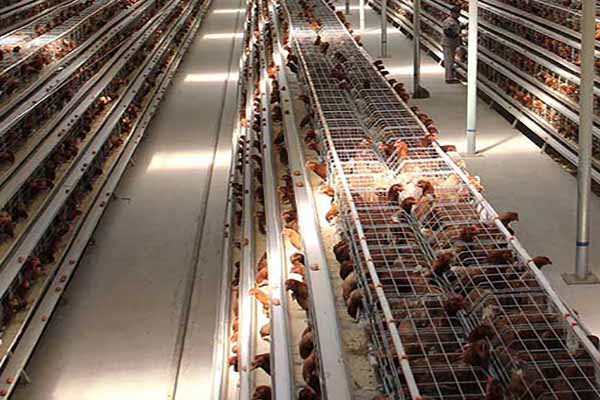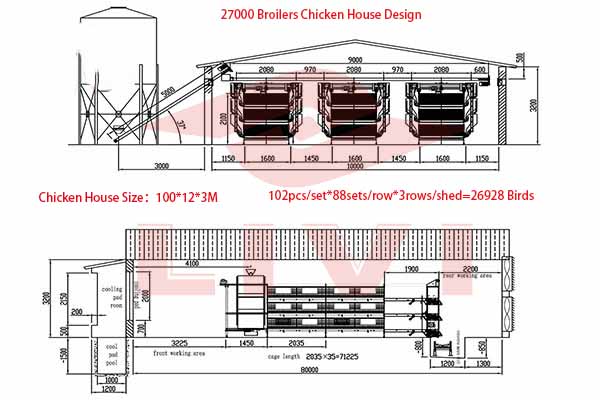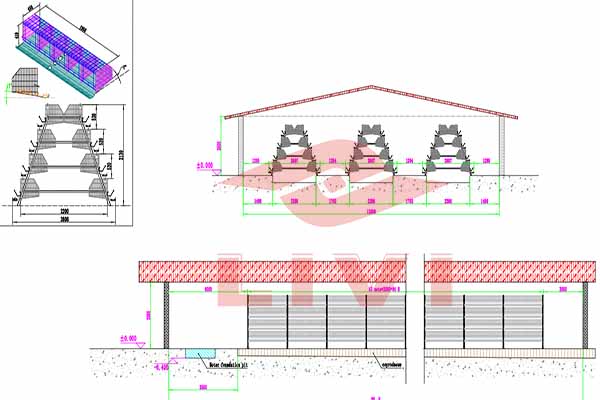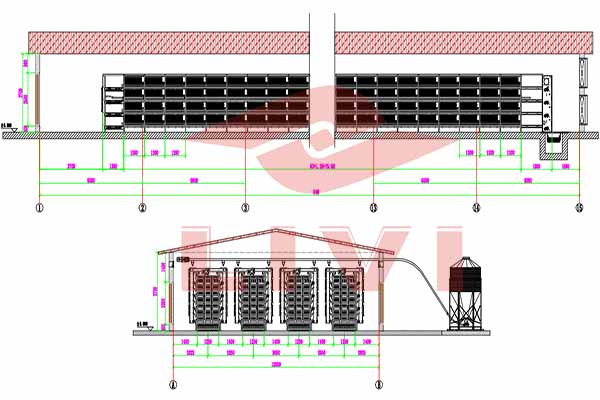20,000 Chicken Cage System for Egg Production: The Ultimate Guide for Poultry Farming Equipment
Understanding the Automated Chicken Cages System
The implementation of a 20,000 chicken cage system for egg production is a significant step towards modernizing your poultry farming operation. Automated chicken cages are designed to maximize egg yield while ensuring the welfare of the chickens. This article provides an overview of the system, its benefits, and the key features that make it an ideal choice for large-scale egg production.
In a 20,000 chicken cage system, each cage is designed to accommodate one chicken, which provides ample space for the birds to move around and engage in natural behaviors. This system allows for efficient management and reduces the risk of diseases compared to traditional free-range setups.

Key Benefits of Automated Chicken Cages
- Increased Egg Production: Automated systems ensure that chickens are in optimal conditions for laying eggs, resulting in higher production rates.
- Health and Welfare: The controlled environment reduces the risk of diseases and ensures that chickens are well cared for.
- Efficiency: Automated systems streamline operations, reducing labor costs and improving overall efficiency.
- Cost-Effective: Despite the initial investment, the long-term savings on feed, labor, and health care make the system cost-effective.
Components of a 20,000 Chicken Cage System
A complete 20,000 chicken cage system includes the following components:
- Cages: High-quality, durable cages designed to accommodate one chicken per cage.
- Feeding Systems: Automated feeding systems that dispense feed in controlled quantities to optimize growth and egg production.
- Watering Systems: Automatic watering systems that provide clean water to chickens at all times.
- Environmental Control: Systems to regulate temperature, humidity, and ventilation for optimal chicken health.
- Monitoring and Management Software: Software to monitor the health and performance of the chickens, as well as manage the system remotely.
Investment and Return on Investment (ROI)
Investing in a 20,000 chicken cage system requires a significant upfront cost. However, the return on investment is substantial, especially when considering the following factors:
- Increased Egg Production: The system can increase egg production by up to 30% compared to traditional methods.
- Reduced Labor Costs: Automated systems require less labor, leading to lower operational costs.
- Improved Health and Welfare: Lower disease rates reduce the need for veterinary care and medication.
<p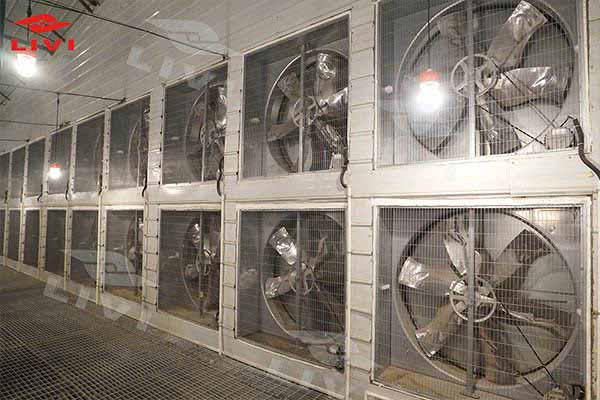 >
>
The average payback period for a 20,000 chicken cage system is around 2-3 years, depending on the scale of the operation and local market conditions.
Conclusion
Investing in a 20,000 chicken cage system for egg production is a strategic move for any poultry farmer looking to increase productivity and efficiency. By providing optimal conditions for the chickens, automated chicken cages ensure a higher yield and better health for your birds.
If you are considering a 20,000 chicken cage system for your farm, contact us today for a free, personalized design and equipment quote. Our team of experts will guide you through the process and help you make the best decision for your poultry farming business.
